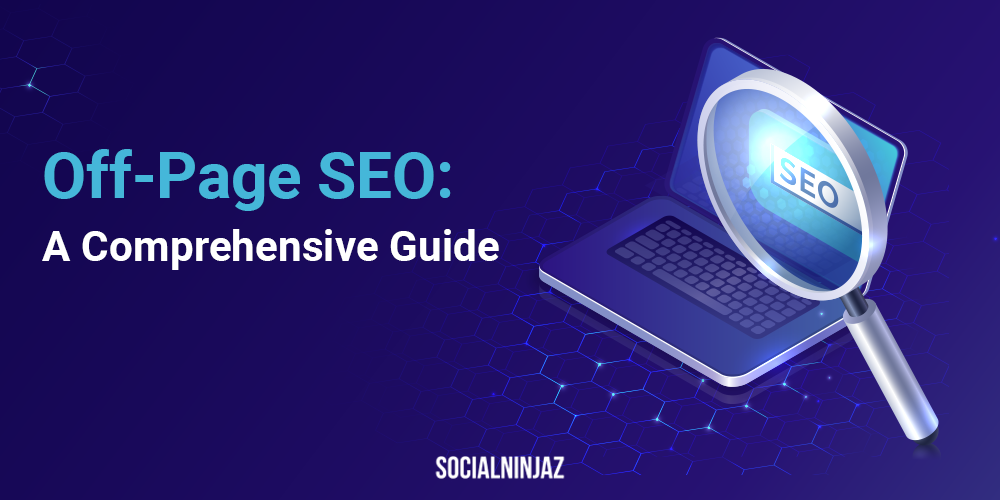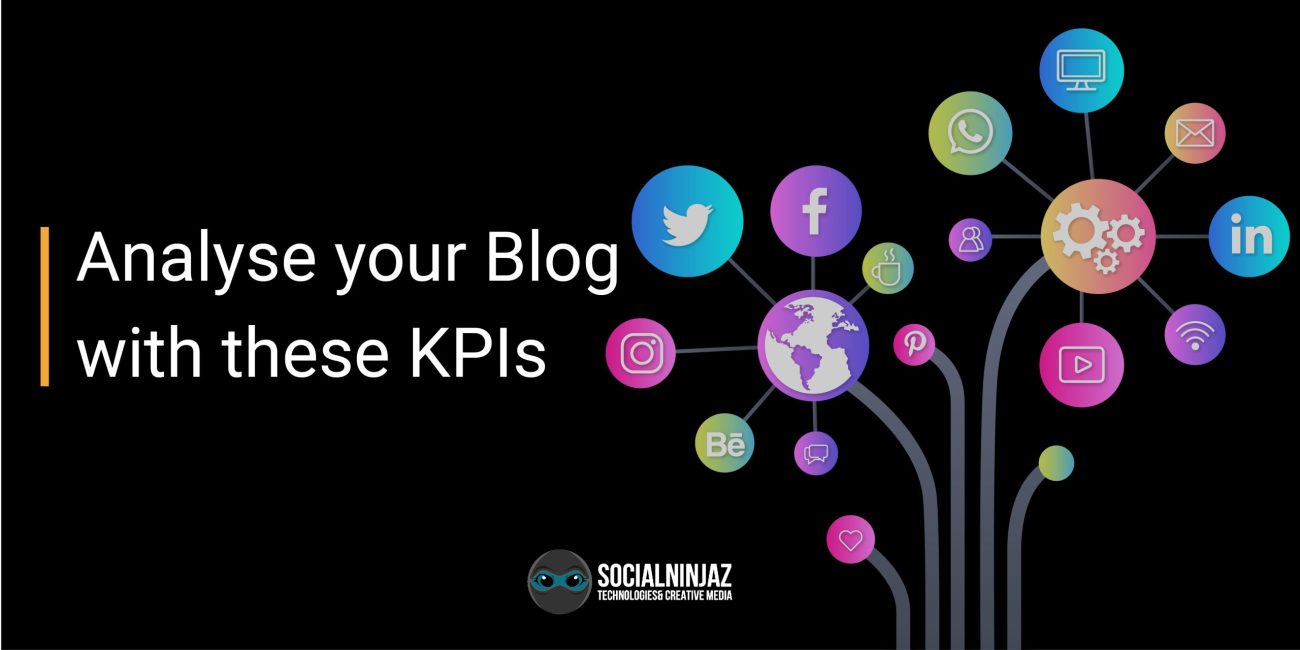Blog

Unmasking the Dark Side of SEO: Balancing the Risks and Rewards of Black Hat SEO vs White Hat SEO
SEO is a digital marketing strategy that involves optimising a website using various techniques to increase its visibility and ranking on search engine results pages (SERPs). The goal is to attract more traffic and potential customers to the website. However, not all SEO practices are considered ethical or beneficial for businesses in the long run. Black hat SEO and White hat SEO are the two primary categories of SEO strategies.
Table of Contents
ToggleBlack Hat SEO Strategies
It refers to various unethical practices used to manipulate search engine rankings and gain an unfair advantage over competitors. These techniques often violate search engine guidelines and can result in severe penalties, including being banned from search engines altogether. While this method may lead to short-term gains, it can ultimately harm a website’s long-term reputation and visibility. Here are some examples of Black Hat SEO strategies:
- Keyword Stuffing: This approach involves inserting irrelevant or excessive keywords into the text or metadata of a webpage to manipulate search engine rankings.
For example, “We are the best SEO company that offers SEO services. Contact us for SEO services, and we will provide you with quality SEO services.”
- Cloaking: This approach includes displaying different content to search engine crawlers and website visitors to influence search engine rankings.
For example, a website might present a page of text to search engine bots with keywords and links, while showing a different page to users with unrelated content or ads.
- Link Farming: This approach is building a network of websites that link to one another to influence search engine results. The links are often of poor quality and have little connection to the website’s content.
- Hidden Text: This strategy involves adding text that is invisible to website visitors but visible to search engine crawlers. The text usually contains irrelevant or excessive keywords.
White Hat SEO Strategies
White Hat SEO strategies involve ethical tactics that follow search engine guidelines. The goal is website optimization to provide value to website visitors and improve its ranking on SERPs. These techniques are crucial for businesses that want to establish a long-term online presence and build trust with their target audience. Here are some examples of White Hat SEO strategies:
- Quality Content: Providing high-quality, relevant, and informative content for website visitors is critical. The content should be polished using keywords and metadata to improve its position on SERPs.
- Keyword Research: This technique involves undertaking research and discovering the most relevant and popular terms that potential buyers use while searching for products or services. The keywords are then optimized in the website’s content and metadata to boost its ranking on search engine results pages (SERPs).
- Backlinking: It is the practise of creating links on other websites that point back to your own website. Earning high-quality backlinks from relevant and authoritative websites is a component of this method.
- Mobile Optimization: This approach includes polishing a website for mobile devices like smartphones and tablets. The website should be responsive, fast, and easy to navigate on mobile devices.
In conclusion,
The key to SEO success is striking a balance between the two ways by adhering to White Hat SEO principles while remaining creative and unique in your approach. By providing valuable content to your audience, building high-quality links, and configuring your website for search engines, you can improve your search engine rankings and drive more traffic to your site over time.
Additionally, ethical SEO practices help build long-term trust with users and search engines alike, leading to sustainable growth. With continuous monitoring, adapting to algorithm changes, and focusing on user experience, businesses can secure a strong digital presence and stay ahead of competitors in an ever-evolving online landscape.
admin
Don’t forget to share this post
Similar posts
Why Hiring a WordPress Website Designer Is a Smart Move for Your Business
How Startups Can Leverage Branding Through Social Media for Faster Recognition
How a Web Development Agency Drives SEO, UX, and Long-Term ROI
Building Website for Business vs Relying on Social Media: What Works Best
Marketing Your Business on Social Media – Strategies That Actually Work in 2025
Why You Should Hire a Website Development Agency to Scale Your Business in 2025
Why Your Brand Needs Professional Website Development Services Today
How Web Development Services Empower Brands to Lead in the Digital Age
Why Your Brand Needs a Human-Centric Social Media Marketing Agency
How Does SEO-Friendly Website Design Boost Traffic?
Digital Marketing Using Social Media: What Google’s Latest Update Means for Your Brand in 2025
Why Website Design and Development Services Drive Business Growth
Mastering Social Media Branding: What 2025’s Boldest Indian Brands Are Doing Differently
Why Website Development Services Are Essential for Small Business Growth
Why Hiring a Website Development Agency Is the Smartest Move for Your Business
Janta Sab Jaanti Hai… Par Bhushan Behtar Bechta Hai!!!
What’s the Fuss about Twitter Verification
ChatGPT: The Latest Threat to Human Employment
Difference between a Website and Web Application
Unmasking the Dark Side of SEO: Balancing the Risks and Rewards of Black Hat SEO vs White Hat SEO
Most Suitable Ads for my Business: Search Ads VS Display Ads
Top SEO Websites in the World
How to Get Instagram Verification Blue Tick???
Introduction to Proximity Marketing
YouTube Marketing: Boost Your Online Presence
Off-Page SEO: A Comprehensive Guide
Yoast SEO VS Rank Math SEO
Why Content is King in Modern On-Page SEO
Remarketing 101
Shopify VS WordPress: Which one is more suitable for your business?
Affiliate Marketing 101: Benefits and How to get started
Instagram Stories vs Snapchat Stories
A journey from 0 to 1000 Instagram followers in 10 days
10 Graphic Design Rules Everyone Must Follow
5 Artificial Intelligence Websites for Higher Productivity
Guide to Understanding Web 3.0 Space
What is Influencer Marketing?
Top 20 Performance Marketing Terms You Must Know
Things to look out for in the Digital Marketing Space in 2023
Mastering the Art of Snapchat Marketing
Unlock the power of Search Engine Optimization
Analyse your blog with these KPIs
The Most Innovative and Memorable Social Media Campaigns of the past two decades





























